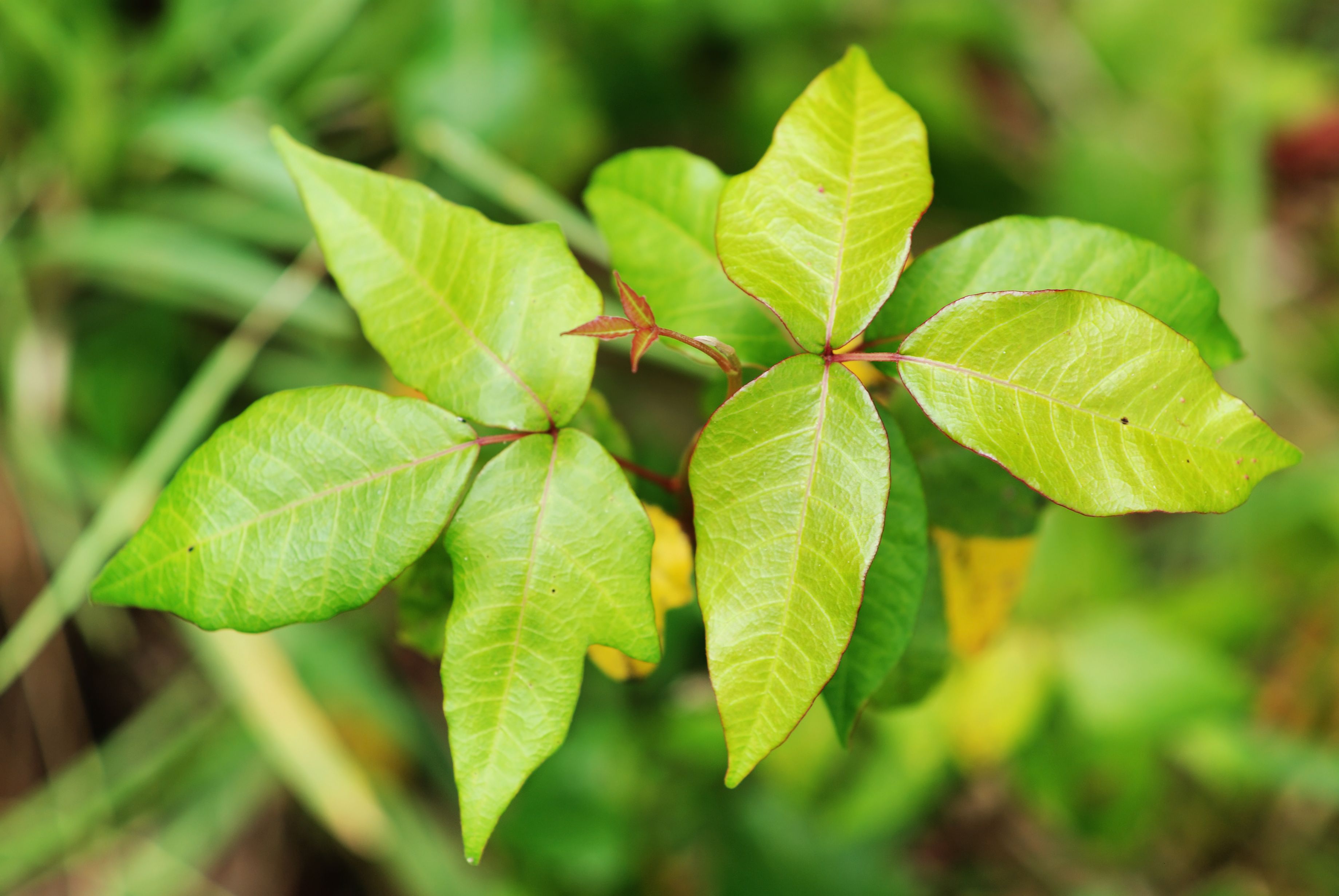

Leaves may have smooth margins or a few large teeth (edge looks notched).

Leaves are usually somewhat glossy especially in sun, but not always. The two lower leaflets are smaller, often asymmetrical, and attach directly to the leaf stem. The central end leaflet is largest and has a distinct stem. Poison ivy is also extremely common, and apt to grow where people are sure to encounter it. The appearance of the leaves and the growth habit are so variable that even experienced outdoors people can be fooled. Poison Ivy ( Toxicodendron radicans) is a native plant and one of the most hated, not only because of the itchy rash caused by the slightest contact, but also because it is so difficult to spot. Scratching can cause infection.Gary Kling, University of Illinois, The oil can stay on your clothes and spread from person to person.ĭon’t scratch. Wash the clothes and shoes you were wearing. If you don’t have soap, use alcohol-based wipes to remove the oil. Gently wash your skin with lukewarm water (not hot) and plain soap 3 times. This may help to make the reaction less severe.

The sooner you wash, the better chance of removing the oil (urushiol). Remove the oil from your skin as soon as possible. Even if you use the cream, still wear long pants and long sleeves. Follow directions, because you may need to reapply the cream. This makes a layer of protection between your skin and any sap oil you may touch. If you are very sensitive or are often exposed to these plants, you can use bentoquatam 5% cream (Ivy Block) on all exposed areas of your skin. The oil from the plant can get through these materials onto your skin. If you wear gloves for yard work, use heavy-duty vinyl gloves instead of gloves made from rubber or latex. Wash your hands well, including under your fingernails. Use gloves to wash your pet’s fur, if possible. Wash all clothes and shoes right away after being outside.ĭon’t touch a pet that may have been in contact with one of the plants. Wear long pants and long sleeves when in the woods or yard. Teach all family members what the plants look like. To help prevent poison ivy, oak, and sumac rash:įind out which of these plants grow in your area. Can poison ivy, oak, and sumac rash be prevented?


 0 kommentar(er)
0 kommentar(er)
